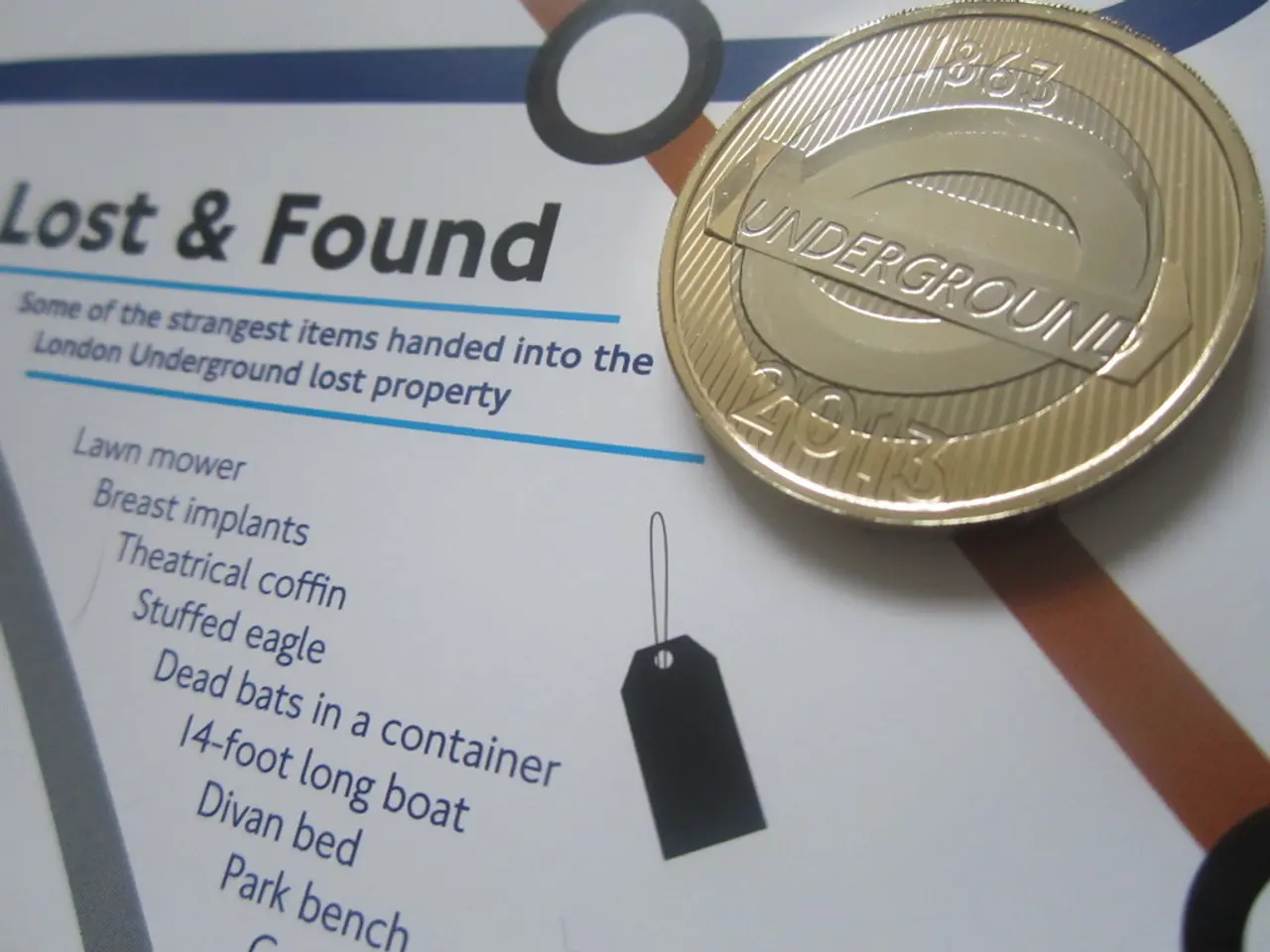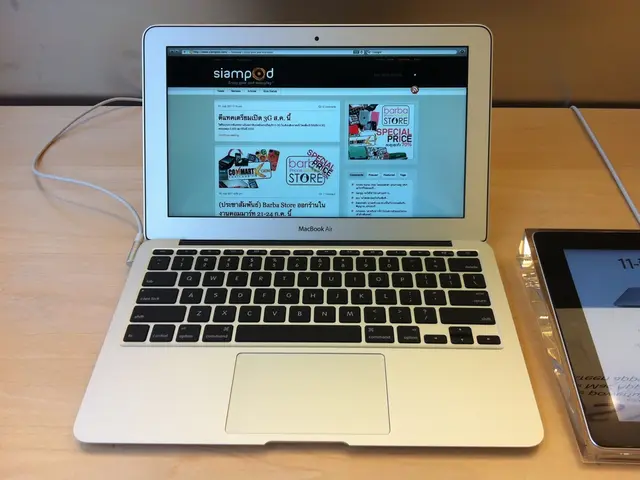Regulators from France and Italy Propose Alterations to the Digital Ledger Technology (DLT) Regulatory Framework
The European Union's DLT Pilot Regime, introduced in mid-2022 and effective from April 2023, is set for potential expansion and improvements to attract more participants and foster innovation. Regulators aim to make the regime more competitive and attractive, addressing concerns raised by industry experts.
The proposed changes include the expansion of the range of assets supported under the DLT Pilot Regime to include structured bonds and some derivatives. This expansion is expected to stimulate interest and provide a wider range of opportunities for participants.
Regulators also propose 'greater proportionality' based on the scale of the project for the DLT Pilot Regime. This adjustment is intended to make the regime more flexible and suitable for a broader range of projects, encouraging more entities to join.
However, current information does not detail specific changes to the DLT Pilot Regime in France and Italy. These countries, influential in EU financial regulations, are likely to consider any changes in the context of broader EU policies.
Lewis McLellan, Head of Content at the Digital Monetary Institute, has proposed changes to the EU's DLT Pilot Regime to make it more attractive and competitive. These suggestions include a size cap adjustment, allowing settlement in MiCA-licensed, euro-denominated stablecoins, and clearer communication regarding the duration of the pilot regime to encourage participation.
The regulators also aim to develop common EU standards for interoperability with legacy systems, promoting the benefits of DLT to both issuers and investors. They believe that rapid support for a central bank money settlement solution would be beneficial, implying a new suggestion.
The use of electronic money tokens (EMTs) and tokenized deposits could be authorized more widely, as suggested by the regulators. This proposal could open up new opportunities for participants and encourage the growth of the DLT sector.
So far, only two projects have been approved under the DLT Pilot Regime: CSD Prague for settlement and 21X as a combined exchange and settlement venue. 21X, operating on a permissionless blockchain, allows a single entity to manage both the trading and post-trade infrastructure, and retail investors can participate directly without going through a broker. Compensation is required if something goes wrong for retail investors in 21X.
The DLT Pilot Regime sets activity limits that larger infrastructures find too small to be worthwhile. Regulators aim to encourage innovation and market testing of distributed ledger technology, balancing the need for regulation with the desire to foster growth and development in the sector.
These proposed changes aim to establish a competitive framework for DLT, measuring its potential benefits and promoting its adoption across the EU.
- The European Union's DLT Pilot Regime, with proposed improvements effective from April 2023, may expand to include structured bonds and some derivatives, aiming to stimulate interest and offer a broader range of opportunities.
- Regulators are planning to introduce 'greater proportionality' in the DLT Pilot Regime, adjusting regulations based on the scale of the project, making it more flexible for a broader range of projects.
- Lewis McLellan, Head of Content at the Digital Monetary Institute, has proposed adjusting the EU's DLT Pilot Regime to make it more attractive, suggesting a size cap adjustment, settlement in MiCA-licensed, euro-denominated stablecoins, and clearer communication about the pilot regime's duration.
- Regulators are working on developing common EU standards for interoperability with legacy systems, promoting the benefits of DLT to both issuers and investors, and considering a rapid support for a central bank money settlement solution.
- The regulators' proposals could authorize the wider use of electronic money tokens (EMTs) and tokenized deposits, opening up new opportunities for participants and encouraging growth in the DLT sector.
- So far, only two projects — CSD Prague for settlement and 21X as a combined exchange and settlement venue — have been approved under the DLT Pilot Regime, with retail investors able to participate directly in 21X, and compensation required if something goes wrong for retail investors.







